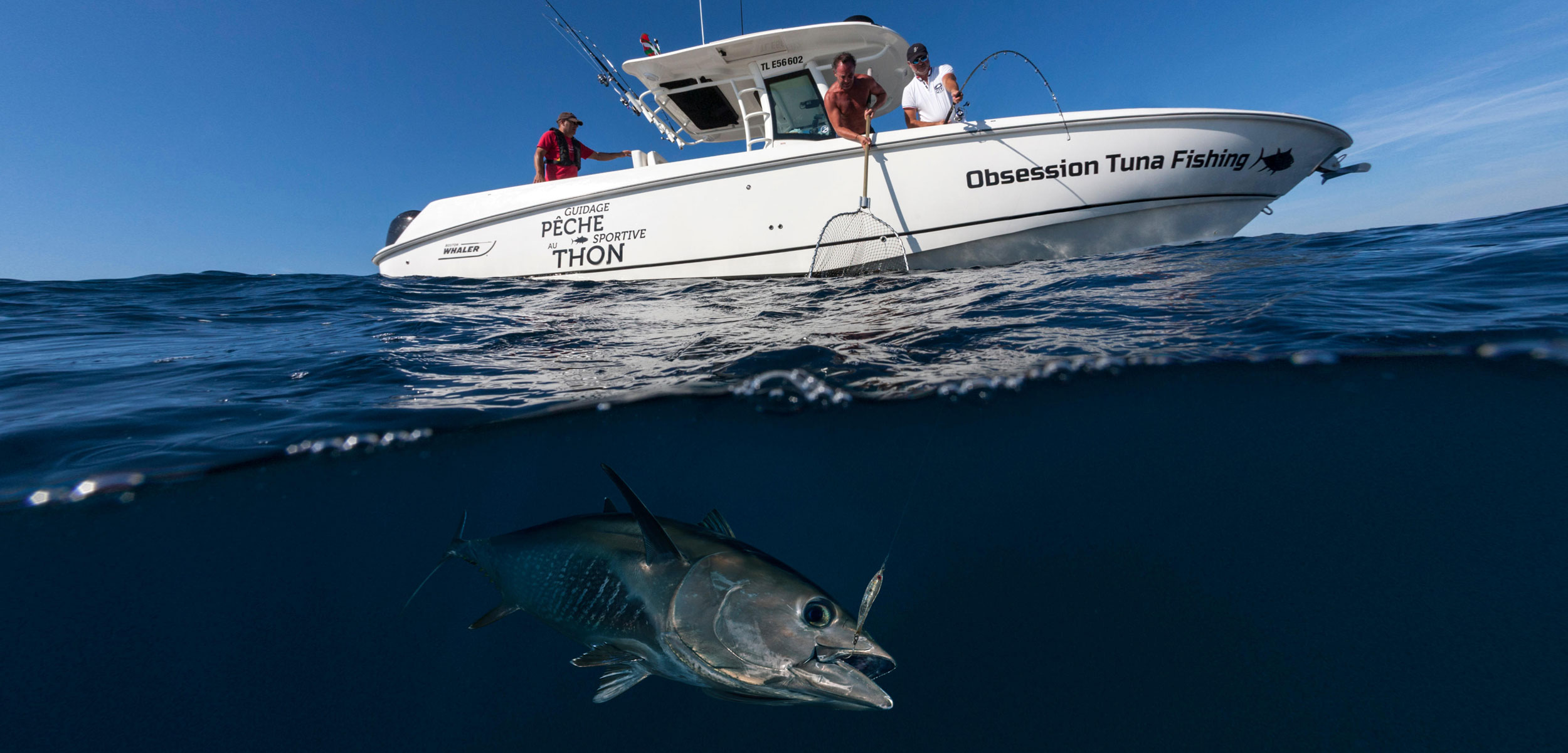The Old Fish and the Sea
Fishing has dramatically reduced the number of senior fish left in the ocean.
Article body copy
Old is a relative term for fish. A sardine might be lucky to live a few years, while a rougheye rockfish can swish through the sea for 200. But regardless of what constitutes piscine seniority, research suggests that fishing is reducing the number of old fish in the ocean. Now, a new study suggests that this problem is widespread, and could make fish populations even more vulnerable to environmental change and other pressures.
Fishing hurts old fish in two ways, says Lewis Barnett, the University of Washington ecologist who led the study. For one, commercial fishers target fish above a minimum marketable size, and old fish tend to be bigger. But survival is also a statistical game: the longer a fish lives, the more times it has to elude capture.
The net result is that fishing is stripping the sea of senior fish.
To quantify how fishing has affected old fish, Barnett and his colleagues analyzed stock assessment data from 63 fish populations in the United States and Europe. This information is typically used to evaluate the health of the population and set catch limits. But it also includes modeled estimates of the age distribution of the fish, and how they’ve changed over time.
By comparing historical age distributions against modern estimates, the researchers found that nearly 80 percent of the fish populations they studied have experienced a decrease in the proportion of fish in the oldest age class. In many cases, the fraction of senior fish decreased by 90 percent or more.
This pervasive loss of old fish worries many scientists, who fear it could make fish populations less stable, especially when climate change and other stressors will demand resilience more than ever.
Older fish—especially older females—play an important role in stabilizing populations says Susan Sogard, a fisheries ecologist with the US National Oceanic and Atmospheric Administration who was not involved in the study. Older mothers often produce larger and more numerous offspring, for example, earning them the moniker of big, old, fat, fecund females, or BOFFFs.
Fish of different ages can also spawn at different times, increasing the odds that some young fish will emerge at exactly the right time to feast on brief blooms of algae and zooplankton. Having a population with a diversity of ages ensures the fish aren’t putting all their eggs in one basket, Sogard says.
Indeed, research has shown that losing old fish has led to greater fluctuations in the size and geographic range of heavily fished populations. It may also make these populations more vulnerable to environmental changes, and increasingly prone to collapse.
A few populations, including some in Iceland, appear to have bucked the trend and gained more old fish. But Barnett attributes this to the fact that these fisheries have been exploited for centuries, while most stock assessments only go back between 50 and 100 years. “In recent decades, there’s been tighter management,” he says. “That’s allowed for recovery in some cases.”
But when the researchers compared the modern age distributions to estimates of what the populations would have been had there not been any fishing, they found that 97 percent of populations—including those in Iceland—had lost most of their elders.
Barnett says fisheries managers have several options to help save old fish. One is to adopt “slot limits,” which involves restricting harvests to fish that fall within a set range of sizes. This protects the juveniles as well as the BOFFFs. Yet Barnett admits that such an approach may not be very realistic for many commercial fisheries, where fishermen scoop up tonnes of fish in a single haul, including some old ones. “If they throw them back, they are probably not going to survive, in many cases,” he says.
Another option is to establish marine protected areas, which Barnett’s previous research has shown can help individual fish grow older and larger, and boost the overall size of the population. For species that don’t move around much, like fish that live near coral reefs, moving the open fishing grounds around from season to season may be a good solution, Barnett says.
However it’s accomplished, Barnett says the important thing is to recognize that it’s not just how many fish get caught, but which fish. “If you are just focusing on total biomass, you may be missing some things,” he says. Pound for pound, old fish may be more valuable in the sea than in the net.

